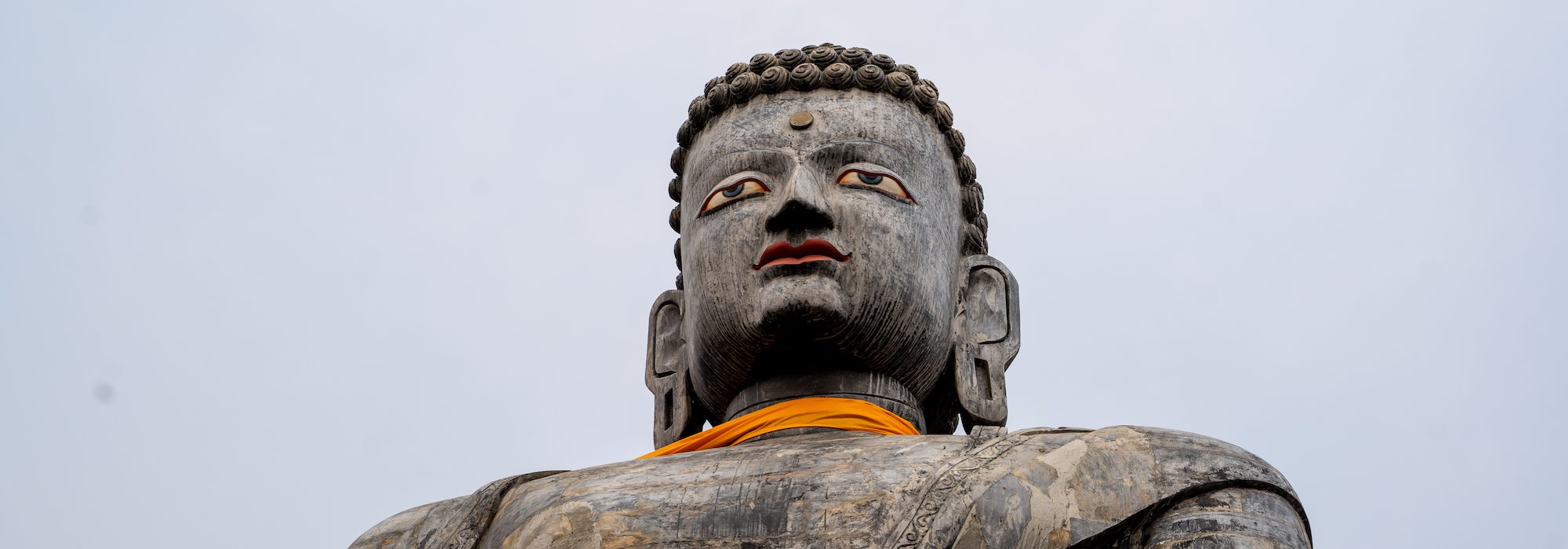
Jomsom Muktinath Trek is a classic pilgrimage hike along the world’s deepest gorge in the Kali Gandaki River valley to the divine Muktinath temple in the Annapurna region. This popular trekking in Nepal is a travel adventure to the lofty mountain region in a western region dominated by Dhaulagiri and the Nilgiri ranges of the Himalayas. Leading to the fascinating wilderness, Jomsom Muktinath Trek is laden with outstanding views of the barely credible mountain vistas, distinctive temples and elemental monasteries along the breezy valleys and gorges. Known to be one of the top trekking packages in Nepal, it follows the most popular trekking routes in the Annapurna and Mustang regions.
Jomsom Muktinath trek is considered to be an easy trekking in Nepal’s most popular trekking region that attracts a huge number of globe-trotters to hike in this fabulous region. What makes this trek more worthwhile is the diverse Nepalese landscape coalesced with the rich culture of the ethnic communities residing in these areas. An astonishing mixture of pilgrimage and adventure in one of the best trekking destinations of Nepal, our Jomsom Muktinath trek passes through popular villages of Kagbeni, Larjung, Ghasa, Marpha, Tatopani, Ghorepani and Jomsom town. Panoramic views of mountain peaks that greet visitors include the Annapurna ranges, Dhaulagiri, Mt. Tilicho, Hiunchuli, Tukuche peak, Machhapuchhre, Mt. Thorongla, Nilgiri, and Lamjung Himal. Also considered as a proxy to the Annapurna circuit trek for hikers who are obligated by time constraints, the trails of Jomsom Muktinath trek bestow a mesmerizing insight into the lifestyle of the native Thakali, Gurung, and Magar tribes.
Come and join Royal Holidays and experience the brilliance of the snow-attired mountain peaks along with varied cultures and customary ceremonies of the aboriginals of the Annapurna region. We will show you the way to the distinguished Bonpo monastery, natural hot springs and apple orchards in the village of Marpha. Take delight in the picturesque landscapes and the eye-catching natural beauty during the entire trip. All you need is good health and a strong determination to hike along the exotic and enchanting trails, while we will take care about the rest of your needs.
Join Our Small Group Departures
View Available Dates


